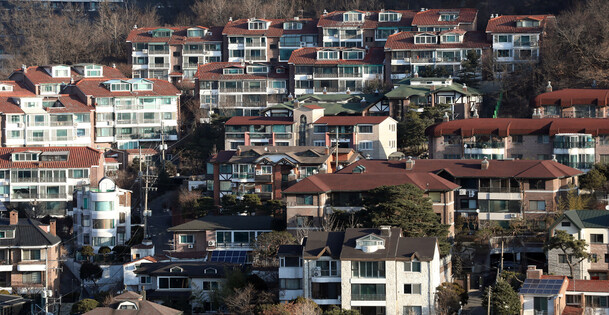
yunhap news
On the 4th, the supply plan that the government decided to put out before the Lunar New Year will be announced. A plan for balanced national development is expected to be included in applying’public development’, which is developed by the public to develop low-rise residential areas in downtown Seoul, to old urban centers in metropolitan areas such as Busan. The framework of the supply plan to be announced this time is expected to be’city-center public development’. It is similar to redevelopment, but it is a model in which development profits are shared by securing public housing in the form of donations instead of enhancing business feasibility by easing regulations by the public. This direction has been suggested at an online conference with reporters after Minister Byeon was nominated as a candidate. At the time, he said, “There is a potential site of 40 million pyeong or more that can provide additional housing in downtown Seoul.” ) And undeveloped station areas. However, the scope of the supply measures announced on the 4th is expected to include not only downtown Seoul, but also old cities in major cities such as Busan, Daegu, and Gwangju, where apartment prices have recently skyrocketed. On December 18 last year, the Ministry of Land, Infrastructure, and Transport was designated as areas subject to overheating housing prices in major metropolitan cities such as Busan, Gwangju, and Daegu. The need for stability in the real estate market cannot be limited to Seoul. It seems that there was a consensus that we should come out. As President Moon Jae-in emphasized “drastic development of new residential land” at a New Year press conference on the 18th, it is highly likely that new residential land candidates will be announced in the metropolitan area. Like the public reconstruction or public redevelopment model that came out of last year’s 5·6 or 8·4 measures, it is known that various incentives, such as easing the floor area ratio, will be presented for this urban public development. In 2008, when Seoul started public development in the station area, an area equivalent to 60% of the floor area ratio increased as an incentive was to be supplied as long-term jeonse housing (shift). However, this time, it is expected that a kind of’housing mix’ (social mix) can be achieved in the newly formed housing complex, including public sale as well as public lease when accepting donations. While there are observations that about 200,000 to 300,000 units will be supplied in downtown Seoul alone, there is a high possibility that strong measures to suppress speculative demand, such as strengthening the land transaction permit system, will also be included as simultaneous developments are underway in various places in the city. As the current land transaction permit system does not apply to transactions of land under 18㎡ in residential areas, the lower limit can be adjusted. By Jin Myeong-seon, staff reporter [email protected]
